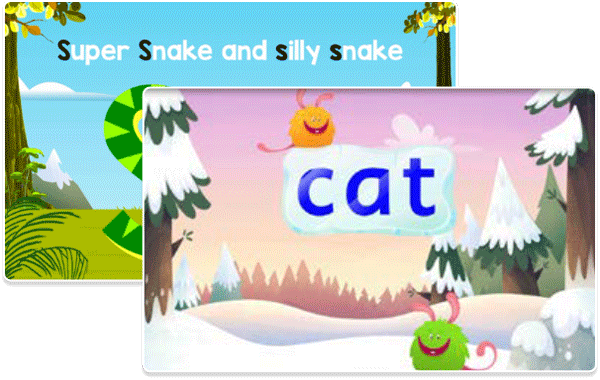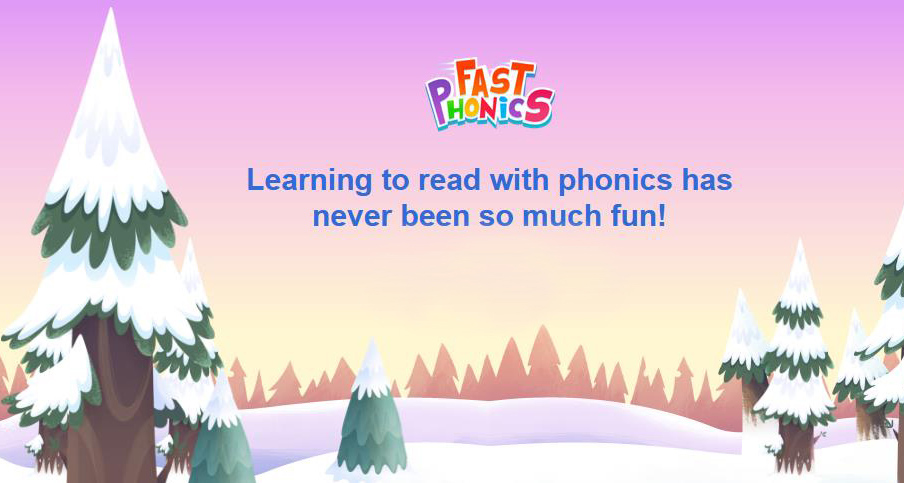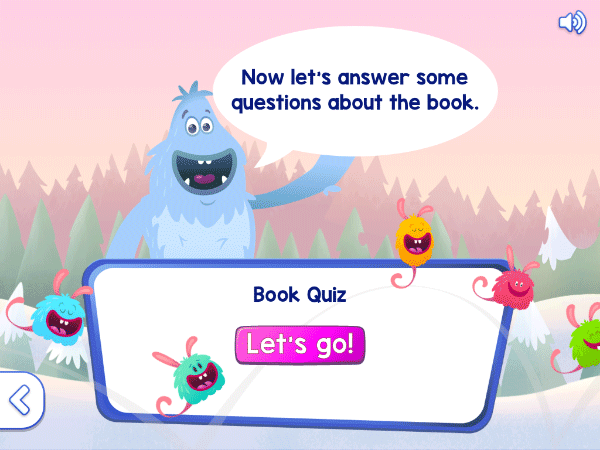Having Fun with Phonics while Cultivating a Love for Reading
Most schools and play centers stress on teaching children the ‘phonemic sounds’ of the letters before introducing them to the letter names. Well, are you confused? Did you know English language has 44 unique sounds, despite there being only 26 letters in the alphabet (A-Z). Each of the 26 letters have a dedicated sound and some sounds are produced by the combination of two letters.
What is phonics?

Phonics is the most effective way of teaching preschool children to read and then learn to write. It helps children comprehend words and distinguish one word from the other. The goal of teaching phonics is to help children correlate the sound to the spelling so that the word can be decoded easily. Knowledge about phonics will also help children identify which letters to use while forming the written words.
Being able to read the words correctly, increases the child’s reading fluency. He is more confident and no more struggles with the printed words he sees in a book or on screen. Even if an unfamiliar word which the child has never read before is presented to him, he is able to apply the rules of phonics and read it correctly.
How early can a child start learning phonics?
Usually children begin learning phonics as soon as they say goodbye to their toddlerhood age. A three to four-year-old is quite equipped to start his journey into phonetic expressions and rhymes.
To begin with, a lot of action songs are introduced to the child.
For example: See me play on the drum. Playing drums is lots of fun, with a /d/-/d/-/d/-/d/-/d/-/d/-/d/-/d/-/d/. See me play upon the drum!
In this song, the child pretends to hold ‘drum sticks’ and bang the imaginary drum to make the /d/-/d/-/d/ sound.
Fun activities for children to learn Phonics
You know what the best part about teaching phonics is? There is no rule book or a paper and pencil way of learning letter sounds. Educators and parents can be as creative as they want. Children can sing, interact, dance, and read to learn by play-way method while having lots of fun with their fellow learners. Here are a few interesting ideas to teach phonics to young children:
Online Phonics Game

ReadingEggs presents unique online games to develop a strong foundation of phonetic awareness amongst your little champs. ‘Fast Phonics’ gives them access to over a hundred highly interactive phonics games to boost letter-sound recognition skills from /a/ to /z/ and beyond.
This programme has 20-fun-filled levels and each level is represented as a ‘mountain peak’. Children gradually climb each mountain with every passing challenge in a systematic manner and get rewarded for it. There are a dozen of animated videos, printable worksheets, and fun-activities to enhance the child’s reading skills.
I-Spy Game
This is a very common game played to memorize association between the sounds and the words. From the magic box objects are made to appear one-by-one and the children have to guess the sound by which the object begins with. For example: show a ‘ring’ and children relate the /r/ sound to the object.
Dr. Seuss Books/Poems
Children love Dr. Seuss books for their very attractive illustrations and simple short stories. Some of the books you might already be familiar with are; ‘The Cat in The Hat’, ‘Fox in Socks’ and ‘Hop on Pop’. Do you notice a pattern in all the titles? Yes, they all rhyme. Read these to your children at bedtime or during the day to familiarize them with rhyming words and ask them to think of other words that rhyme to test their vocab.

Design a Phonics Wall
Set aside a corner in the classroom or your home to display a set of CVC (consonant – vowel- consonant) words and leave a blank for any one letter. Let children decide for themselves as to which ‘letter sound’ is missing and encourage them to fill in the blank. Once you think the child has mastered these set of words, change them and introduce another batch. This is simple, fun, and as children see it around them over and over again, they become better readers.






Recent Comments